
Sure, you know that sugar isn’t good for you. But then which sweeteners are truly natural and healthy? We reveal our top Paleo picks below.
Some sweeteners might technically be Paleo-friendly, but are actually fairly unhealthy. Others are found in popular Paleo products, but aren’t really Paleo at all. Read on to settle the debate on which sweeteners are truly Paleo-friendly and safe to include in your diet.
Coconut Sugar
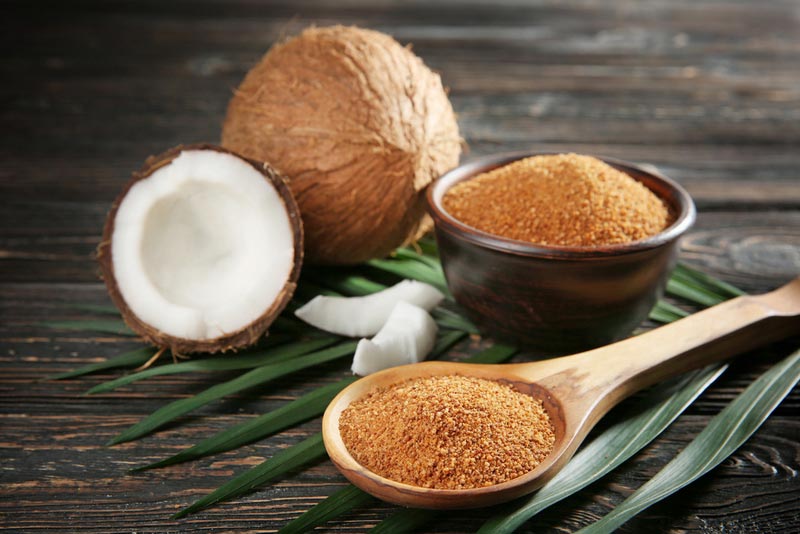
Coconut sugar works as a one-to-one replacement for white sugar and brown sugar in recipes. It also offers a lower fructose and glycemic impact compared to maple syrup and honey.
This Paleo sweetener comes bagged in crystallized form. True Paleo coconut sugar should have no other ingredients listed on the packaging.
How to Use It: Coconut sugar can be used in baking, coffee, desserts, and any other Paleo sweetening needs. Tip: it’s excellent for caramelizing.
Nutrition stats per 1 tbsp: 45 calories | 0g fat | 12g carbohydrates | 0g protein
Maple Syrup
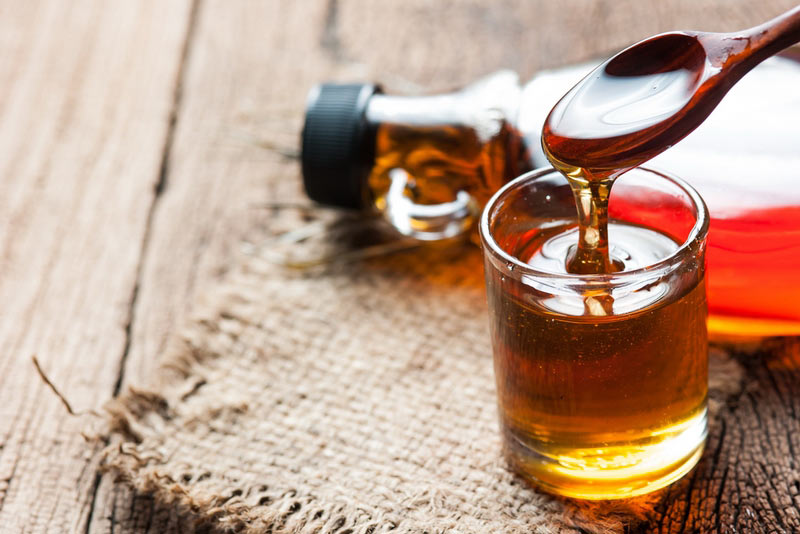
Maple syrup is another common Paleo sweetener. It comes in grades: “grade A” is a more refined, sweeter version, while “grade B” is a darker, amber version and is the Paleo-preferred option.
However, beware of maple syrups that have other ingredients added, including high fructose corn syrup and other flavorings and sweeteners. True maple syrup needs no other synthetic ingredients or sweetener boosts.
How to Use It: Try grade B maple syrup in your baking, desserts, Paleo pancakes, and more.
Nutrition stats per 1 tbsp: 53 calories | 0g fat | 13g carbohydrates | 0g protein
Honey
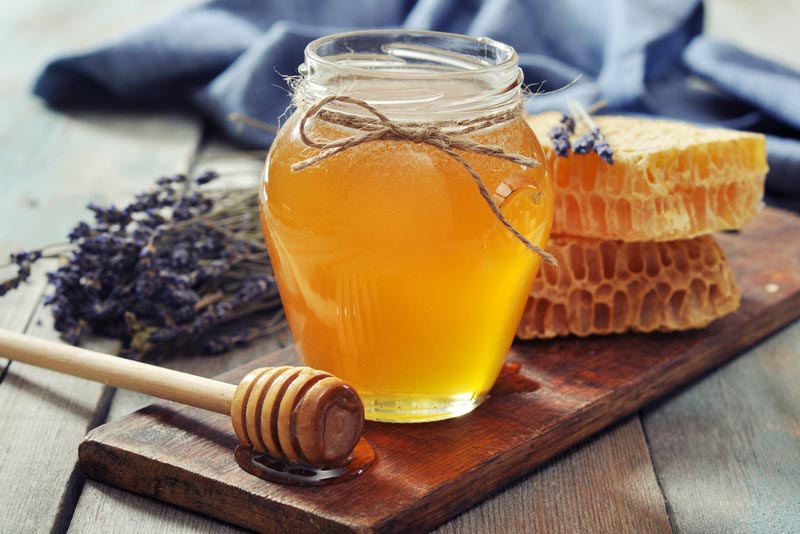
Honey comes either refined or raw. Raw honey is healthier thanks to its higher enzyme and nutrient content, including antioxidants and phytonutrients.
Raw honey is can be purchased locally in many areas, usually from farmers markets or small grocery stores. It’s sometimes touted as a way to deal with seasonal allergies, although research is inconclusive as to whether this is beneficial.
What it’s good for: Raw honey works well in anything that sweeteners are used for, like baking, desserts, coffee, shakes, and smoothies.
Nutrition stats per 1 tbsp: 60 calories | 0g fat | 17g carbohydrates | 0g protein
Stevia
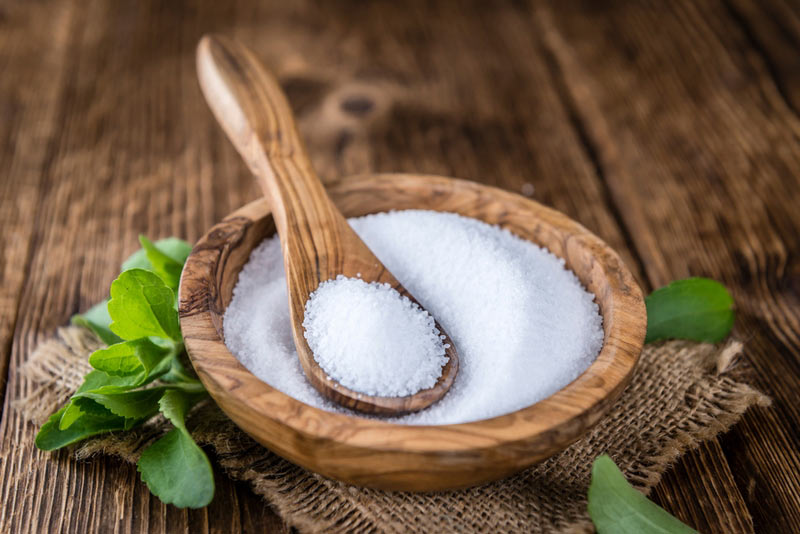
Stevia is a calorie-free sweetener that is unique because it’s fully natural, unlike artificial sweeteners or sugar alcohols. It’s made from a leaf that, when used in large quantities, has a bitter taste. Stevia is only needed in very small amounts to provide a sweetened result.
Pure stevia typically comes in powder or liquid form. Many brands have created their own stevia-based sweeteners that use stevia plus other ingredients, so to make sure it’s Paleo by reading the label.
How to Use It: Stevia works well in baking and most dessert recipes, although some say it’s an acquired taste due to the slight bitterness. Be sure to reduce your stevia use in recipes, as it’s much sweeter than sugar. Stevia is a great sweetening option for a keto diet.
Nutrition stats per 1 tsp: 0 calories | 0g fat | 0g carbohydrates | 0g protein
Molasses

Like maple syrup, all molasses are not the same. A byproduct of sugar cane production, molasses is the dark syrup left after sugar cane crystals are removed. Some would argue that since molasses is technically derived from sugar cane, it’s not Paleo. However, sugar cane is a natural plant that is technically Paleo-compliant. It’s the refining process of sugar cane that results in an anti-Paleo product.
Light and dark molasses are not as Paleo-friendly, but blackstrap molasses is the most boiled version and the most nutrient-dense. Blackstrap molasses contains iron, calcium, copper, manganese, potassium, magnesium, selenium, and smaller amounts of other minerals. It is also the only sweetener that also can be considered a nutrient-dense food.
How to Use It: Blackstrap molasses is mostly used in baking.
Nutrition stats per 1 tbsp: 42 calories | 0g fat | 11g carbohydrates | 0g protein
Monk fruit
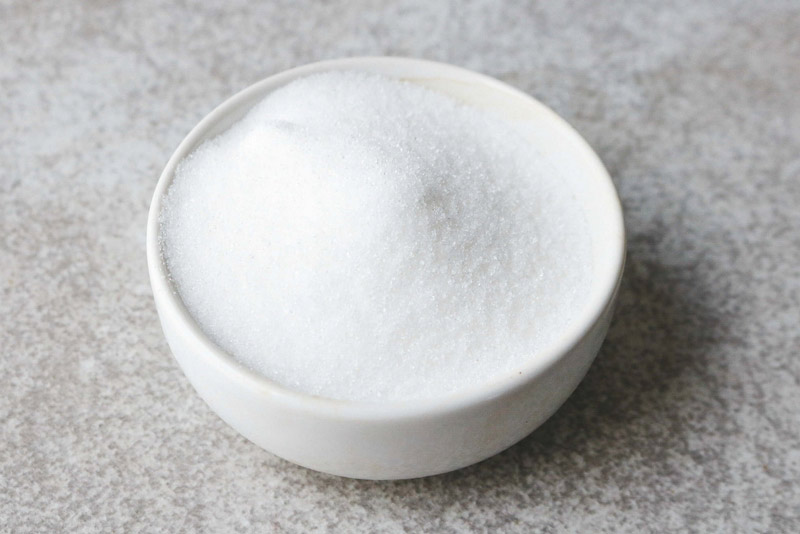
Monk fruit, also known as luo han guo, is a melon-like fruit that is native to China and Thailand. It was first used by Buddhist monks in the 13th century, which is how it came to be known as monk fruit.
This sweetener is similar to stevia in that it provides a highly sweet taste for few calories and low glycemic impact. It has been used in many Paleo products in recent years.
Store-bought monk fruit sweetener is sometimes combined with artificial sweeteners, so read the label and be sure to choose a brand that isn’t adding non-Paleo ingredients.
How to Use It: Monk fruit works for all sweetener needs, though some people may be sensitive to its aftertaste. Like stevia, be sure to reduce your use of monk fruit in recipes as it’s much sweeter than sugar.
Nutritional stats per 1 tsp: 2 calories | 0g fat | 4g carbohydrates | 0g protein
Dates

Dates are a fruit that are often dried before eating. They’re a common Paleo sweetener option used in cooking, baking, and raw treats.
These fruits are every bit as sweet as other forms of sugar and should not be equated with eating a daily serving of fruit. Dates come dried whole and can also be found in paste form, as date syrup, or as date sugar.
How to Use It: Dates are great for raw Paleo treats, baked goods, and smoothies.
Nutritional stats per 1 tbsp: 28 calories | 0g fat | 8g carbohydrates | 0g protein
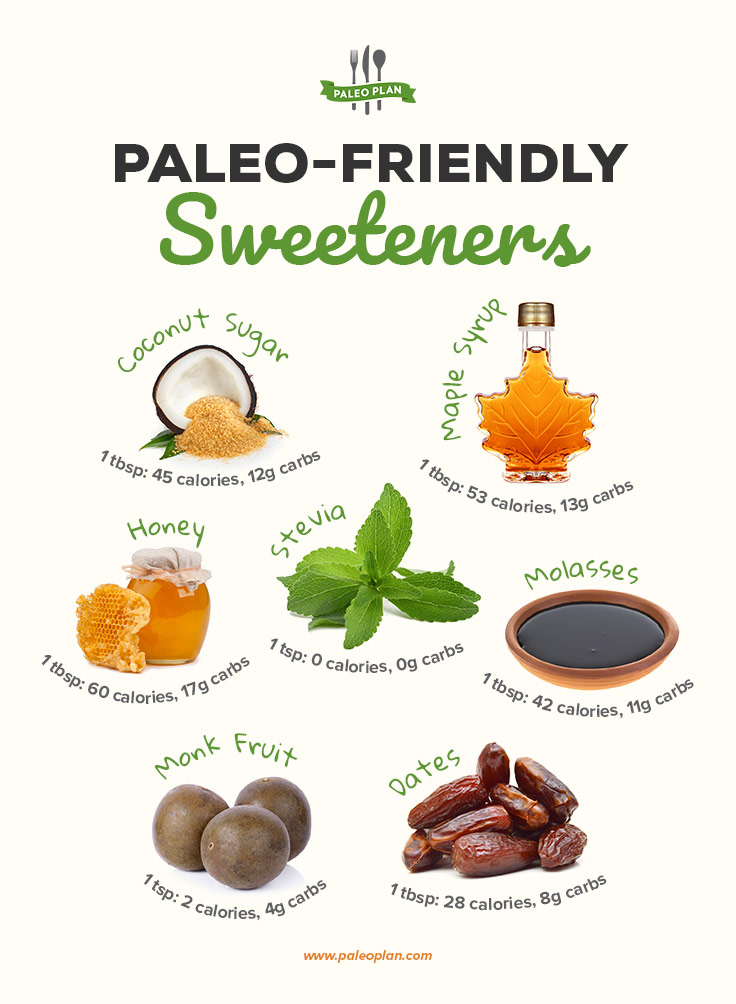
(Next Article: How to Cut Out Sugar: 4 Sneaky Ways To Eat Less Sugar)
